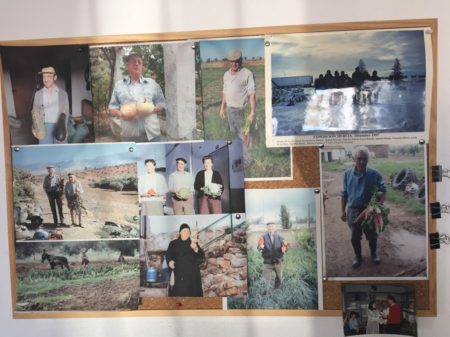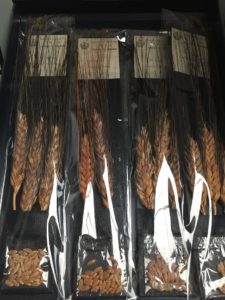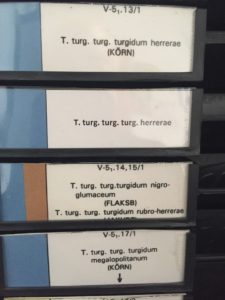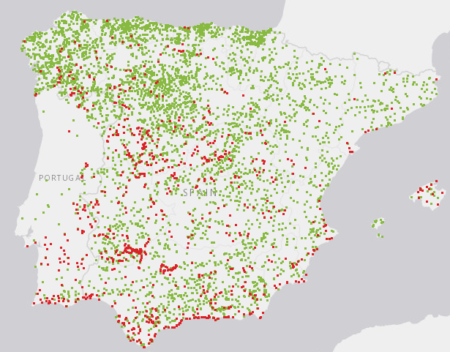The last couple of weeks have been all go. Last week I was at IRRI in the Philippines, but I’ve blogged about that genebank before here, so I won’t say much more about it now, save that they have a cool new automated seed sorter. And of course the breeders whom the genebank serves have been very busy, and successful.

Then this week I visited the Spanish national genebank at the Centro Nacional de Recursos Fitogenéticos of the Instituto Nacional de Investigación y Tecnología Agraria y Alimentaria, just outside the historic town Alcalá de Henares, not far from Madrid. It’s been going since the early 1980s, and it forms the hub of a network of 37 collections spread out all over the country. As such, it aims to provide centralized long-term conservation for the country’s seed collections, as well as managing the national inventory, which feeds data into Eurisco and thence Genesys.
Great visit to #INIA #genebank just outside Madrid talking @cropwildrelativ project pic.twitter.com/ePFoNpS6QM
— AgroBioDiverse (@AgroBioDiverse) March 29, 2017
Over the years, they have done a great job of collecting crops all over the country, from people such as these.

Significant gaps remain in their holdings of wild relatives, though, hence our visit. This map, from Genesys, gives you an idea of overall coverage. Wild relative accessions are in red.
Pretty impressive. And the current effort to address gaps in the collections of key crop wild relatives will make it even more so.
In addition to the germplasm collection, CRF also houses a fascinating reference collection of wheat spikes, dating back to the 1950s, whose labelling betrays something of a predilection for taxonomic splitting.


Thanks to Luis Guasch, Lucia de la Rosa, and the whole team for the hospitality, and all the hard work safeguarding Spain’s agricultural diversity.
